- Best STIHL Brush Cutter Replacement Blade - December 8, 2023
- Box Elder Wood Uses - September 30, 2022
- Hackberry Wood Uses - September 25, 2022
My experience with Hackberry started badly when I mistook it for Ash. I was frustrated by the poor quality of finish I was obtaining despite my enthusiastic and youthful sanding attempts. Hackberry does have a close resemblance to Ash, but anatomically it is closer to Elm. Not only does Hackberry bear a strong resemblance to Ash, but the two species are also almost impossible to distinguish from one another in the sawn timber stage.
Stroll around the lumber yards in the northern states, and you will find (Celtis occidentalis) which is the proper Latin name for Hackberry. As you move south towards the Mississippi River, the trees become larger, and Hackberry will give way to Sugarberry (Celtis laevigata).
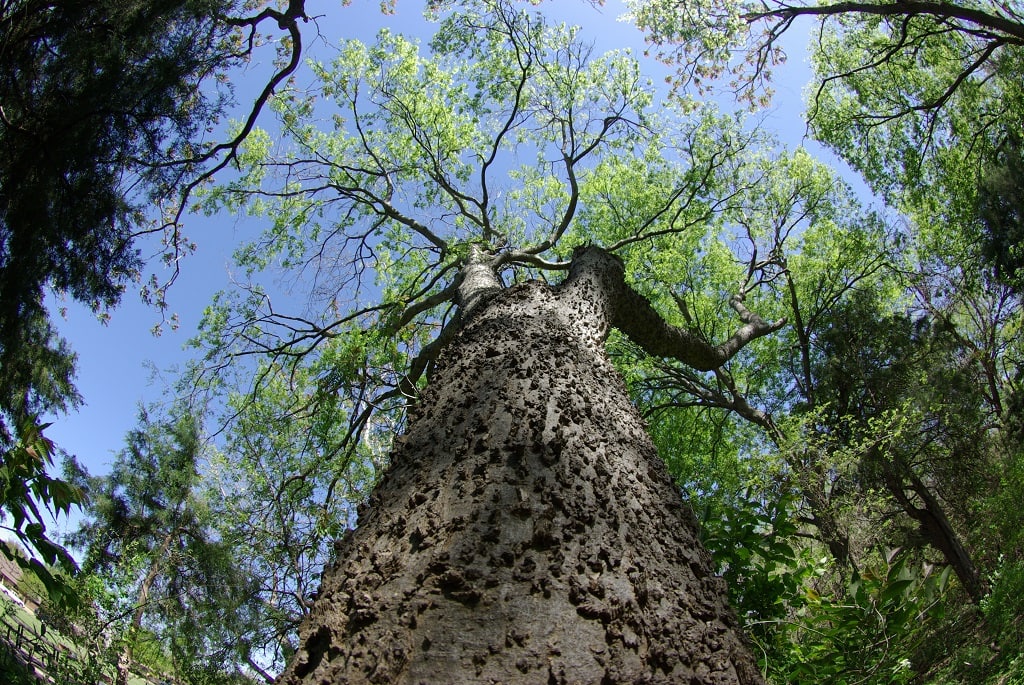
The species share common characteristics, and the lumber is identical in appearance and character when sawn. So much so that this type of wood is used interchangeably and sometimes called Sugar Hackberry, which seems to cover all the bases.
Hackberry Wood Uses: Bottom Line Up Front
Hackberry, once ignored, has gained popularity in recent years as a suitable substitute for Red Oak, Ash, and Elm. However, it suffers from a serious staining problem, especially if the wood is harvested in Summer when the sap content is high. Despite this, with careful harvesting in winter and almost immediate correct stacking, the grey staining caused by fungal action and enzymatic oxidation can be avoided.
Hackberry can be used for general furniture. However, the coarseness of the wood limits its suitability, and it is not the best wood to use for turning or carving. It is, however, one of the nicest woods to use for steam bending and making bentwood furniture.
Things To Look For When Buying Hackberry
You may come across Hackberry being advertised as ‘Paint Grade,’ which indicates that the boards may be stained and unsuitable for projects that require a natural finish. However, the staining is only a visual defect and does not affect the strength or integrity of the timber.
The staining may not be noticeable when the lumber is in a rough-sawn condition, so it is advisable to purchase boards that have been surfaced on two sides if you intend to end up with a natural finish.
Historically the application of Oxalic Acid to treat possible staining was part of the treatment process for Hackberry timber. Oxalic Acid application will lighten the appearance of the lumber but not remove existing stains.
Where To Buy Hackberry Lumber
It is more common to find Hackberry on offer in the southern USA, where limited but increasing quantities are available. If you are fortunate enough to have a local supplier with Hackberry in stock, you will be able to inspect each board; however, if you need to go online to purchase, here are a couple of options.
- Hood Farms and Sawmill: Concentrate on live edge slabs of many indigenous species. They have specialized vacuum drying kiln facilities that ensure green timber is correctly seasoned.
- Collectors Speciality Woods: In Colorado. Collector’s Speciality Woods have a large selection of live edge Hackberry slabs. They have sophisticated drying facilities using the most modern vacuum-assisted drying methods and Dehumidification kilns, resulting in a very short seasoning time.
- Amana Forestry: Amana Forestry in Iowa has a long and close relationship with the surrounding forests. They have kiln-dried Hackberry lumber for sale in live edge and conventional timber sizes.
Alternatives to Hackberry
Hackberry is gaining popularity as an alternative to Red Oak, Elm, and Ash.
| Density | Hardness | Grain | Durability | |
| Hackberry | 38.7 | 880 | coarse | non-durable |
| Red Oak | 46.2 | 1360 | coarse | non-durable |
| Elm | 35.6 | 830 | coarse | non-durable |
| Ash | 40 | 1320 | Med to coarse | non-durable* |
*Ash can be thermally treated to improve its durability substantially.
Hackberry represents an attractive alternative to the more traditional wood species because the price of Hackberry is usually lower. While not as hard as Red Oak or Ash, Hackberry has a significant advantage in Steam Bending.
In appearance, Hackberry is very similar to Ash; and using stain, it can also resemble Oak and Elm. However, it is less likely to shrink or swell as much as Oak, and the grain structure is straight, which is good news for resistance to bowing and warping.
Hackberry has a similar density to Ash. However, it is substantially softer and consequently less durable. Both species are, however, widely used for general furniture construction, with Hackberry tending to dominate in the cheaper end of the market, such as the manufacture of boxes and pallets.
Key Features Of Working With Hackberry
Drying

The dominant feature of Hackberry is the difficulty in drying the timber. If the drying process is not completed quickly and within the correct temperature and humidity ranges, the lumber will be relegated to ‘paint quality’ and unsuitable for a natural finish.
Treating the wood with oxalic acid will prevent further staining, but it won’t remove existing stains.
Stability
Hackberry has a similar shrinkage quality to Ash and finds a niche between Cherry and Oak concerning stability. It shrinks a little more than Cherry and a little less than Oak.
The shrinkage is approximately seven percent from a green condition to a six percent moisture content.
As a result of the predominantly straight grain, changes in humidity do not result in warping or twisting.
Strength
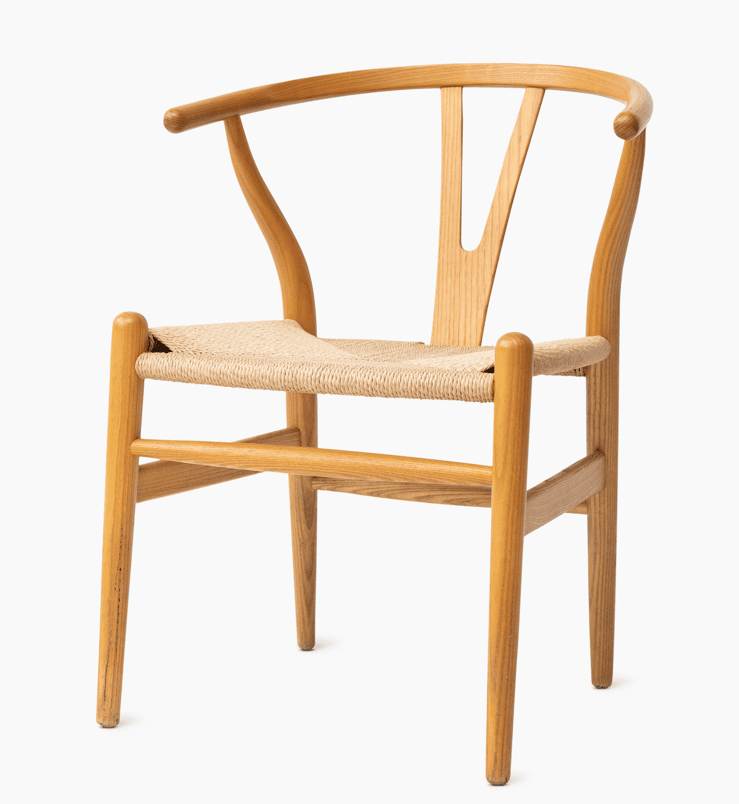
Hackberry is slightly less strong and stiff than Ash; however, it dominates the bending realm. Hackberry is a joy to bend using steam and is ideal for bentwood-type projects.
Color and Grain
The grain structure is very similar to Oak and Ash. The sapwood is pale yellow, and, when present, the heartwood is a more greyish brown color.
Working with Hackberry
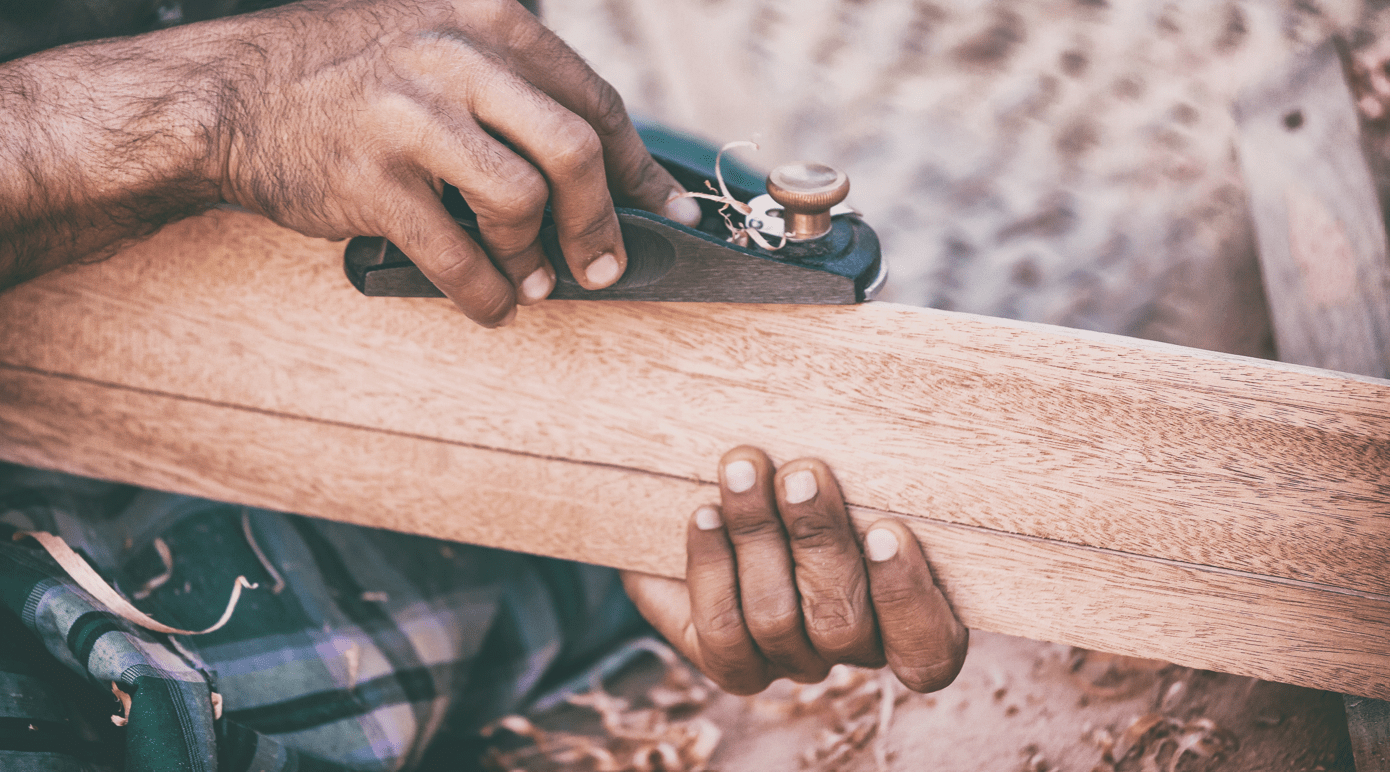
Hackberry shares many common traits with Ash. Both timbers are prone to burning if cutters are not razor sharp and machine passes are incorrectly timed. It is better to take more frequent and shallower cuts to avoid burning timber. As Hackberry is relatively soft, it scratches easily, and consequently, care must be taken when sanding the lumber to obtain as smooth a finish as possible.
As a result, the straight grain laminating of Hackberry boards is easily done, and matching grain is possible.
Carving and Turning Hackberry
Both Carving and turning Hackberry are possible if due regard is taken to compensate for the coarseness of the grain. Sharp tools are essential, and shallow cuts are prerequisites in both instances.
Common uses of Hackberry
Hackberry serves as a suitable replacement wood for the more expensive lumbers like Oak and Ash. This is especially applicable where the timber is scheduled to be painted. In addition, it is ideal for a variety of domestic uses.
1. Furniture
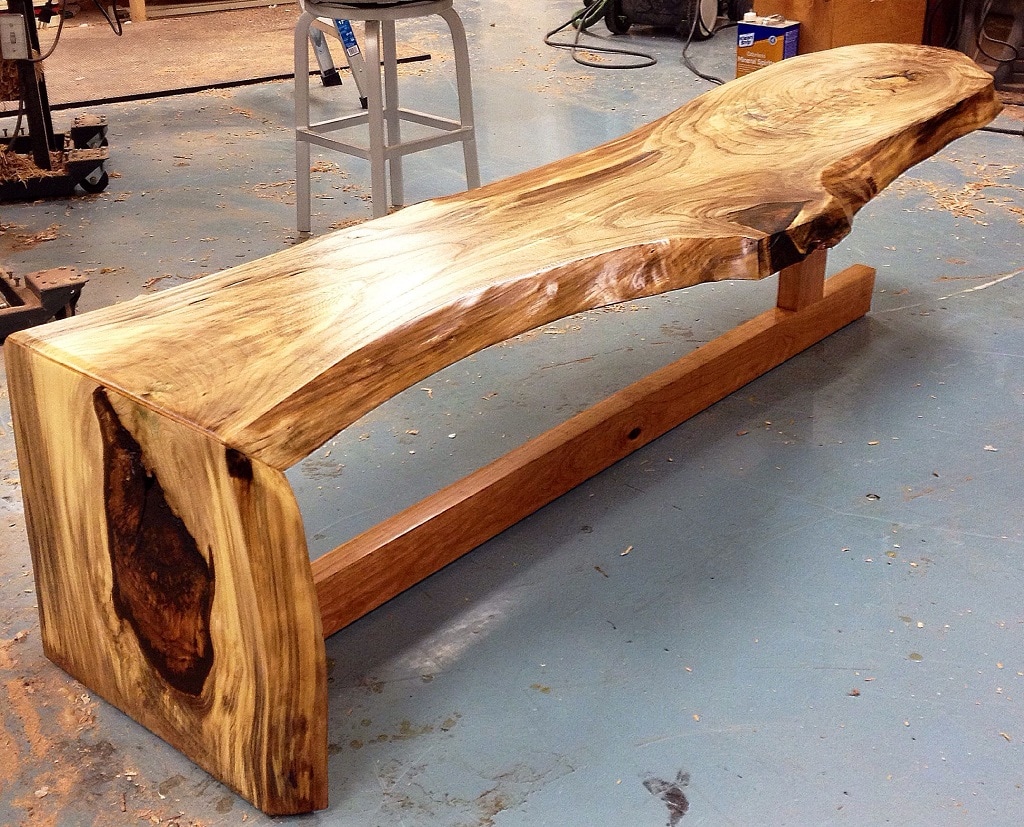
Hackberry is used in various indoor applications, such as simple furniture and upholstered frames for couches and chairs. It takes stain well and can be suitably stained to match Ash or Oak.
Hackberry really comes into its own when bending wood is required. It has qualities that make it one of the best woods for Bentwood Furniture.
2. Cabinets
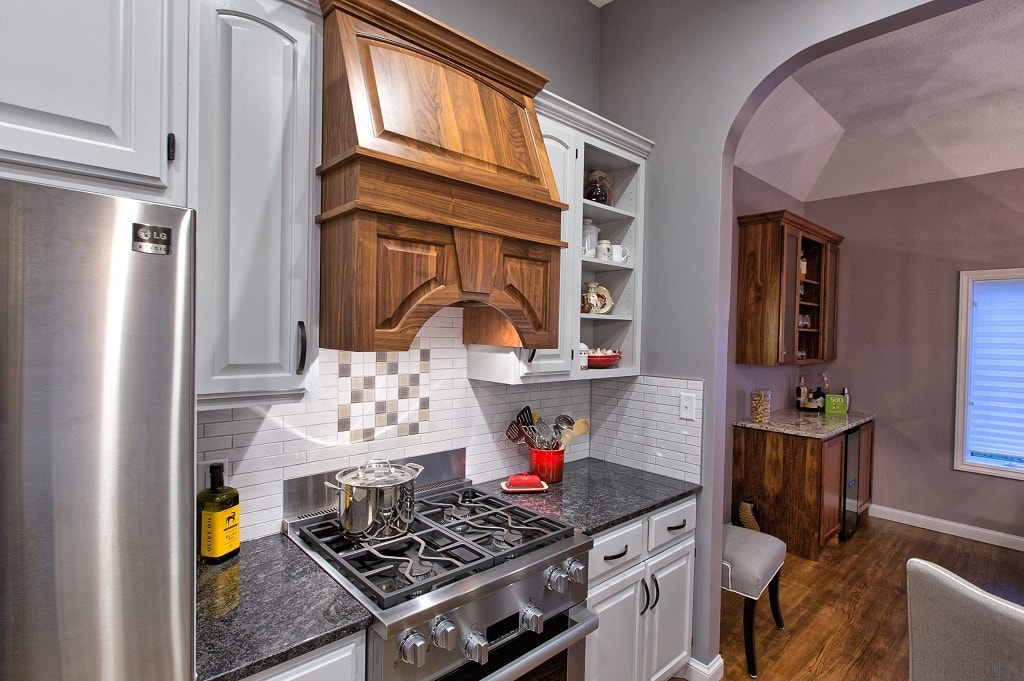
It is commonly used for kitchen cabinets and cabinet doors. However, as Hackberry is not as durable as Oak, care should be taken not to fit Hackberry in areas prone to robust usage.
The regular grain makes matching panels relatively easy, and the wood is a little more stable than Oak, making it suitable for panels and panel frames.
3. Pallets and Containers
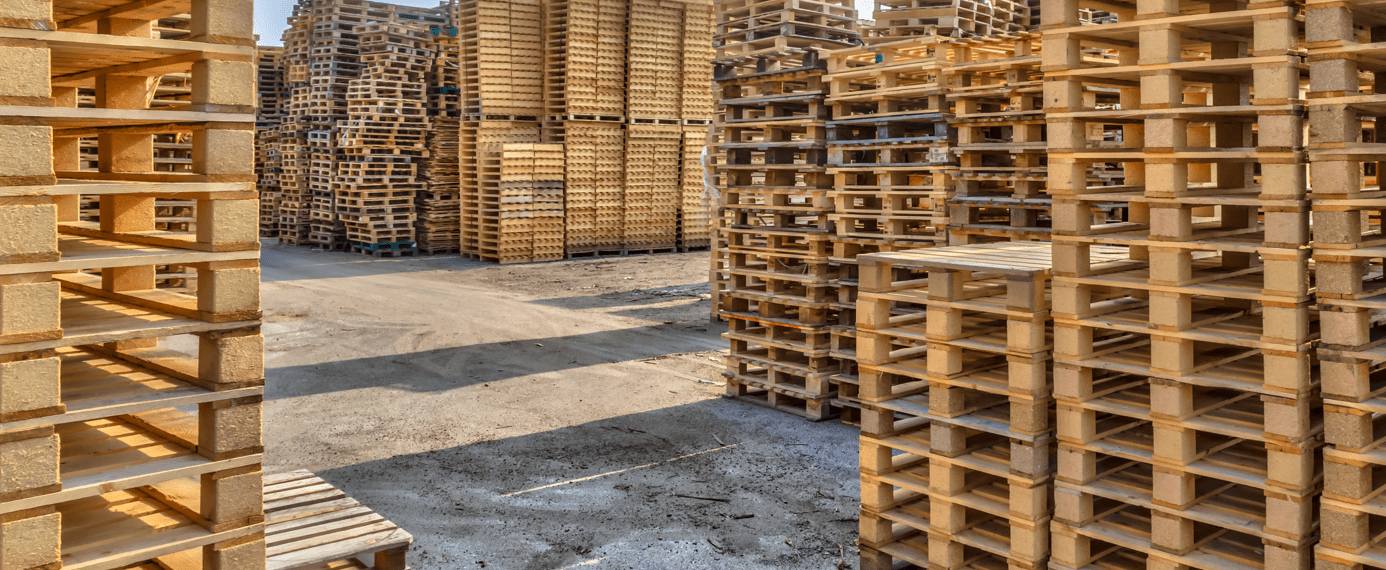
The affordability of Hackberry makes it an ideal wood to be used for making pallets. In addition, Industrial containers and boxes are frequently made out of Hackberry.
4. Tables
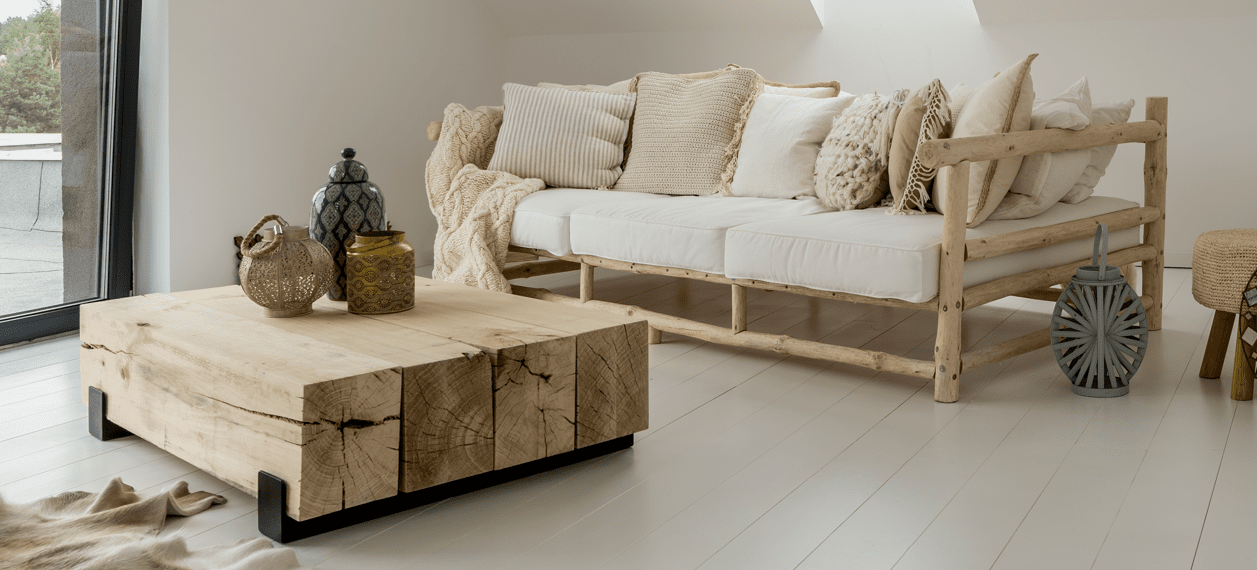
Hackberry is available in limited amounts for live-edge table tops and shelving. The wood takes stains well and is easily workable with power and hand tools. Laminating boards is easy because of the regular grain pattern.
Some additional care is required on sections that have knots and interlocking grain to ensure that there is no tear-out.
5. Veneers
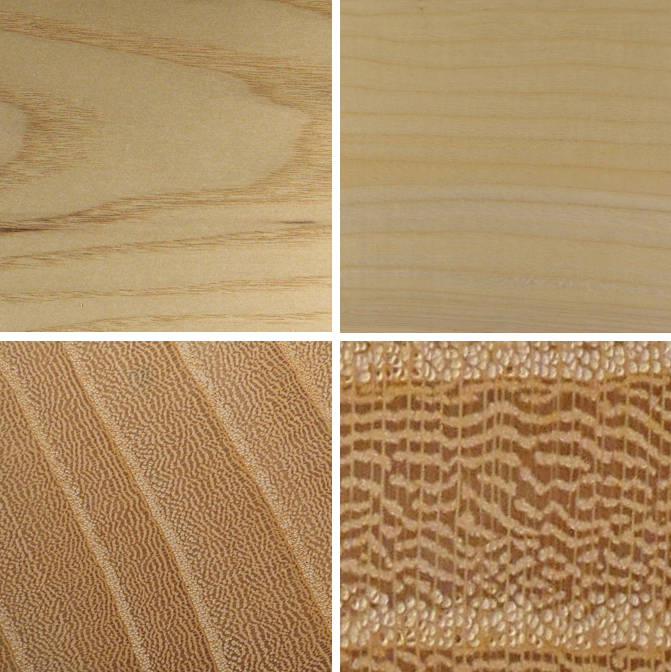
The timber is a good, if limited, veneer source with straight and regular grain. The regular grain pattern ensures that matching different pieces is easy and constant.
6. Toys and Craft Goods
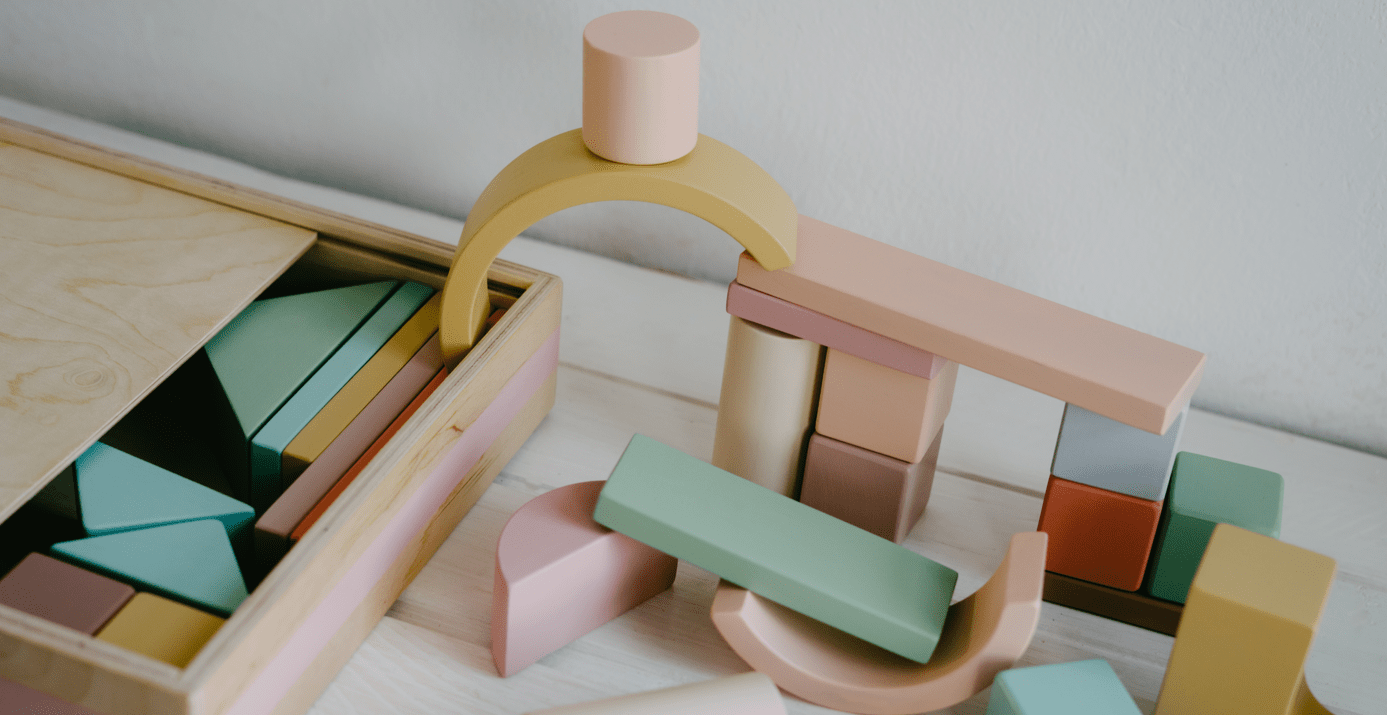
One of the endearing qualities of Hackberry is its forgiving nature. Small mistakes can be quickly repaired, and hand tools are sufficient to cut and shape the wood without too much effort. In addition, the affordability of the lumber makes it an excellent choice for toys and smaller craft objects like jewelry boxes or food storage containers.
7. Cutting Boards
Cutting Boards are always a great project for kids starting out making wooden pieces. Although Hackberry is not the greatest wood for interacting with water, the application of food-quality oil finishes will keep the cutting board looking good for many years.
8. Moldings
I fed a stack of Hackberry lengths through my molding machine to match a molding for chair rails for a period house, and it was more than satisfactory. The moldings were going to be painted, so there was no problem with possible staining. The timber moved through the machine with limited tear-out, and it was only sections where knots were found that problems occurred.
Hackberry as a Firewood
I like to use a scorecard approach to assess the performance of different woods in the hearth, and for me, the most important is sustainability.
Hackberry scores well in this regard, with trees being prolific, widespread, and fast-growing. So how much heat does seasoned Hackberry produce? It is between Elm and Ash at just over twenty-one million BTUs.
Harvesting Hackberry is one of the less painful processes because the wood splits relatively easily and takes between six and twelve months to season. A lot will depend on the season when the tree is cut down. A tree harvested in late Winter or early Spring when the sap content is low will have a shorter seasoning time than a tree harvested in summer.
Hackberry performs well in the fireplace with few sparks and little smoke. It has a pleasant smell when burning and produces a limited amount of creosote. Coals produced are of good quality and long-lasting.
Pros Using Hackberry
- In the realm of bending, Hackberry triumphed over twenty-five other hardwood species in a study conducted by Purdue University. It is one of the easiest and most successful species for bentwood-type applications.
- Hackberry takes stains readily, and it is possible to produce a close match to the more expensive woods like Ash and Oak by applying appropriate stains.
- Hackberry is affordable compared to the more expensive timbers it closely resembles.
- The regular and constant grain makes laminating Hackberry a simple task.
Cons Using Hackberry
- Hackberry is not resistant to insect infestation and unsuitable for exterior use because of its limited durability.
- The susceptibility to staining is a drawback when considering Hackberry, but that is really a problem for the sawmill. All you need to do is to make sure that when you purchase the boards, they are free of stains. Of course, you can always lighten the boards with oxalic acid if you prefer a paler hue. However, you must be aware that oxalic acid will not remove existing stains.
FAQs
Question: Does working with Hackberry lumber pose any health risks?
Answer: Hackberry is a mild irritant to the eyes and skin, so avoid sustained contact with the lumber. The potency of the irritation is rated as mild but do remember that inhaling any sawdust is not a good idea, so wear a mask when sanding or any activity that results in a significant amount of airborne particles.
Question: Is Hackberry lumber food safe? Can it be used for cutting boards and food bowls?
Answer: Hackberry is not rated as a durable wood. However, it possesses attractive grain patterns, and if treated well with food-safe oils, it should be no problem using Hackberry for articles that come into contact with food.
Question: Is it advisable to use Hackberry lumber for smoking food?
Answer: Hackberry produces a pleasant odor when burnt, which infuses into the food. The wood chips burn for a significant amount of time and result in a pleasant taste to the smoked food, similar to other fruit-bearing trees like Cherry. Like most woods from fruit-bearing trees, lighter meats such as turkey, chicken, and ham are ideal for smoking using Hackberry.
Conclusion
Hackberry has an important role to play in reducing the consumption of more popular timbers like Ash and Oak. If there is a valid criticism of woodworkers, it is that they tend to be conservative and are prone to stay with woods with which they are familiar. Unfortunately, I place myself in that category, and we are all too quick to select a ‘go-to wood’ that we know and have worked with in the past.
What changed my mind was a friend offering me two slabs of live edge as payment for making a live edge table for him. The lumber had been kiln-dried and was a pleasure to work with and behaved almost identically to Ash. Yes, I burnt some edges when the router speed was too fast and the pass too slow, but that was my carelessness and no fault of the wood.
The end result was more than satisfactory, and I would have no hesitation working with Hackberry again. But, of course, I would be nervous about making door frames and other items where stability is paramount. Still, for the rest, it is a pretty wood with a modest and underrated reputation that deserves more than a second glance from the woodworking fraternity.



